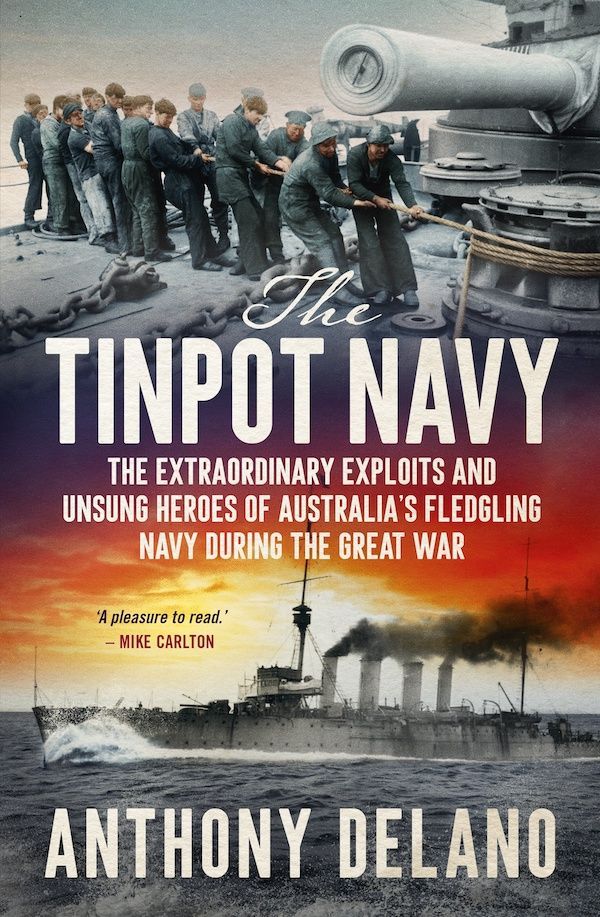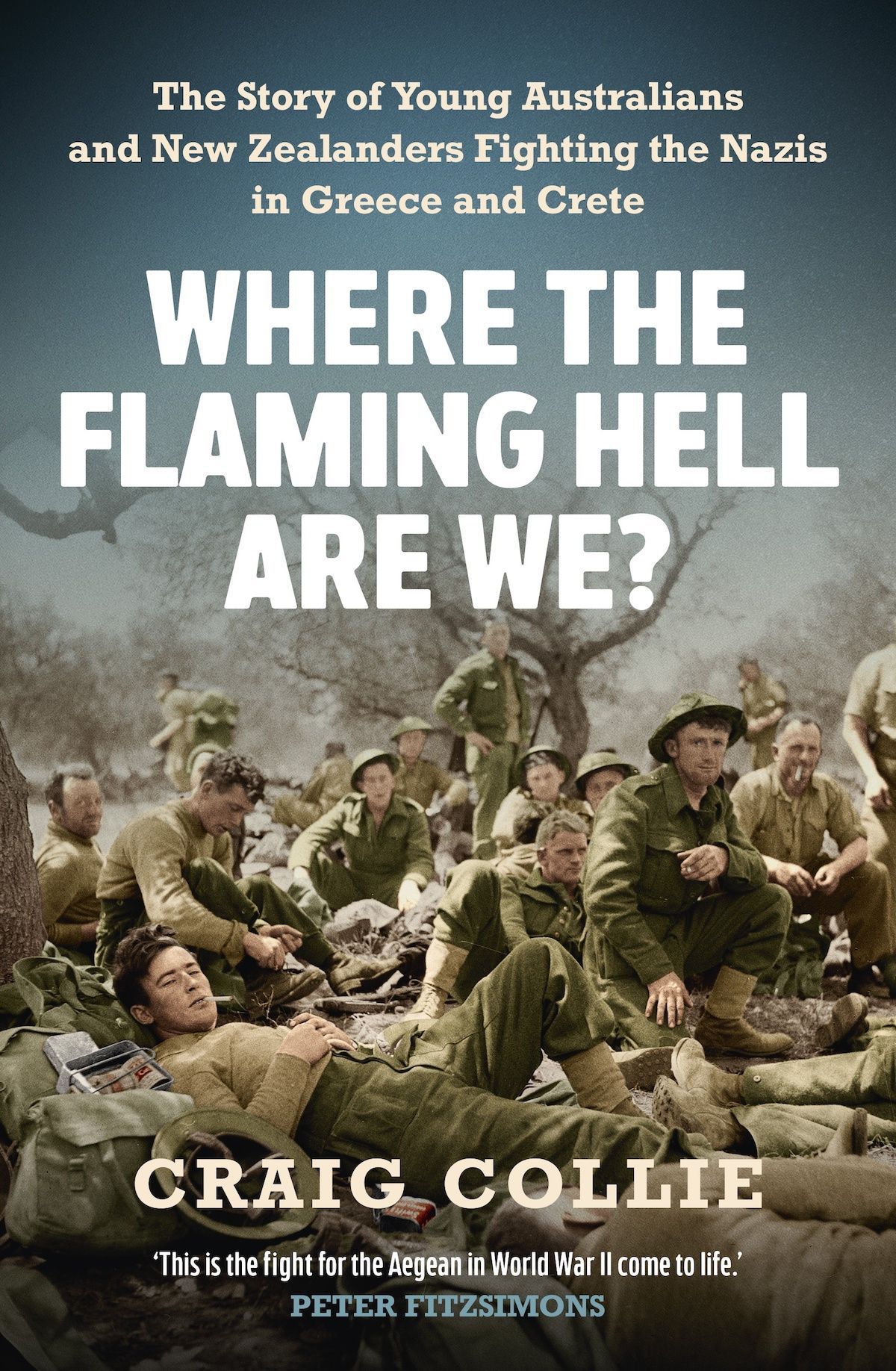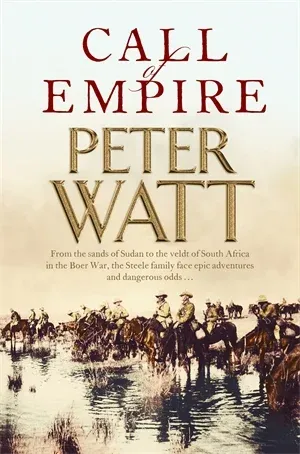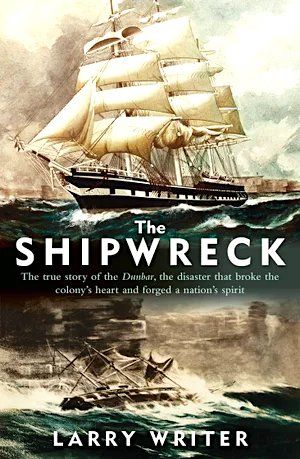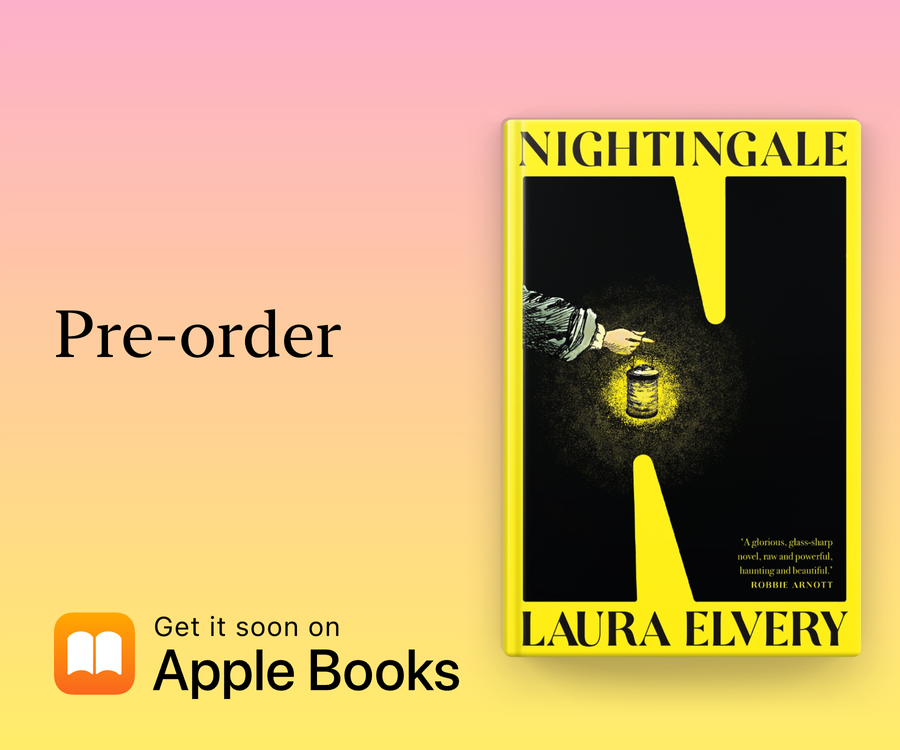The Tinpot Navy
The extraordinary exploits and unsung heroes of Australia's fledgling navy during the Great War
By Anthony Delano
Published by Allen & Unwin
ISBN
9781761472176
After reading the synopsis, my first reaction to The Tinpot Navy was, this could be interesting - it certainly lived up to expectations.
Foreign correspondent and RAN veteran, Anthony Delano’s detailed research shines through this easy to read book about the creation of an Australian Navy, from the Colonial days of individual Navies run by the separate colonies.
He weaves the story through the time of the Commonwealth Naval Forces (NCF) in 1901 to the formation of Royal Australian Navy in 1909, until the end of World War 1.
Delano begins with a novel-style story of the Royal Australian Navy sailing three warships, and supporting craft, in the dead of night, up a channel and into a harbour in German New Guinea.
It is only a few days since World War 1 was declared and the purpose of the raid is to seek and destroy the German Pacific Fleet, rumoured to be in the area. Their orders are also to dismantle and destroy the radio communication relay station, situated somewhere around or close to the port.
This story ends in a cliff-hanger of suspense, which will later be reprised further into the book.
But first...
The author takes the reader back to the early years of an Australian Navy, or rather, a collection of navies, each owned by their respective colonies, i.e. New South Wales, Victoria, South Australia and Queensland and later, Western Australia. They are all involved in coastal duties. This was in the 1880s and 1890s and all the ships were built in Great Britain.
It was interesting reading that the Admiralty, based in London, were in charge of the Royal Naval Pacific Fleet, based in Sydney, yet the Colonies had to foot the bill.
However, a young Lieutenant Cresswell of the South Australian ship, Protector, became very vocal about an idea that all the colonies should build up their fleets and, perhaps, amalgamate them into a cohesive force, to take over the responsibilities of the Royal Navy.
Losing control of the Pacific was something to which the Admiralty was vehemently opposed. But this idea gathered momentum after the South Australian Premier, Charles Kingston, mentioned the possibility of an Australian Navy at the Colonial Conference in London in 1897.
After Federation in 1901, members of the first National Government were not interested in an independent Navy, mostly because of the cost. They clung on to the tradition that the British Empire is protected by the Royal Navy, and there's an end to it.
Cresswell said there was a need for an independent Navy and there was plenty of support from around 30,000 seafaring men in Australia.
The members of the second Federal Government were more sympathetic to the scheme and decided to activate this plan. However, the ships which had been ordered by the colonies were now 'old crocs' and the men who manned them were volunteers, so they would need replacement ships and men.
William Cresswell was now being considered as the authority on naval matters. In 1910, Australian Prime Minister Andrew Fisher with the assistance of Cresswell's help and his plans, specifications and drawings, ordered three battleships from Great Britain, as the beginnings of the Royal Australian Navy (RAN) fleet. These were the flag ship, battlecruiser, Australia and two cruisers, Sydney and Melbourne.
The Commander-in-Chief, Sir George King-Hall, closed down the RN Sydney Station and the surrounding docklands were placed into Commonwealth of Australia control.
Reading about Admiralty House in Kirribilli When King-Hall retired is rather amusing. A letter from the New South Wales government was sent to The Admiralty that the Admiralty House property belonged to the State and would not be available for use by The Admiralty. Unfortunately, the letter was sent with a crucial word missing from the sentence.
When replacement Rear Admiral Sir George Patey arrived, he was told of the situation, but said if there was no Admiralty House, there would be no new Commander-in-Chief. The Admiralty won the day and continued to do so.
The Admiralty ruled that the RAN could have Australian ratings (not officers).They were regarded as not being 'gentlemen'. Even the non-commissioned officers were imported from Great Britain, making it difficult for the Australians to be promoted. Every officer would be from the Royal Navy and all the men would be under orders from The Admiralty. The Admiralty ruled the Royal Navy and the Royal Australian Navy.
The Tinpot Navy continues with many stories of World War 1. Readers get a tour of conditions of some of the ships and the two submarines, AE1 and AE2. 'A' stands for Australia and 'E' stands for the submarine type. We also see how the ships, the officers, the crew, The Admiralty, the British War Office, the Colonial Office in Melbourne all worked together, and many times, did not.
The Tinpot Navy is a good reflection of how they were operated, remotely, by people in London giving orders to be executed half a world away and, in some situations, several weeks away with replies.
What a great read!… I have no hesitation in saying that this book is for everyone old enough to join the Navy (unless you lie about your age).
Reviewed by Ken.
The Author
Dr Anthony Delano lied about his age to join the Royal Australian Navy at 15, serving in the final months of the Pacific War to 1948. He then worked on Australian newspapers, and in 1956 went to Fleet Street, carving out a formidable career as a foreign correspondent based in Rome, Paris and New York. He later became a visiting professor at the London College of Communication. He has been a frequent contributor to BBC History Magazine and is the author of several books, including Slip-Up: how the Daily Express found Ronnie Biggs and Scotland Yard Lost Him and Joyce McKinney and the Case of the Manacled Mormon, and a biography of Robert Maxwell
This is an independent review, I am not paid by the book publishers, so.If you Liked this review - please Buy me a coffee

